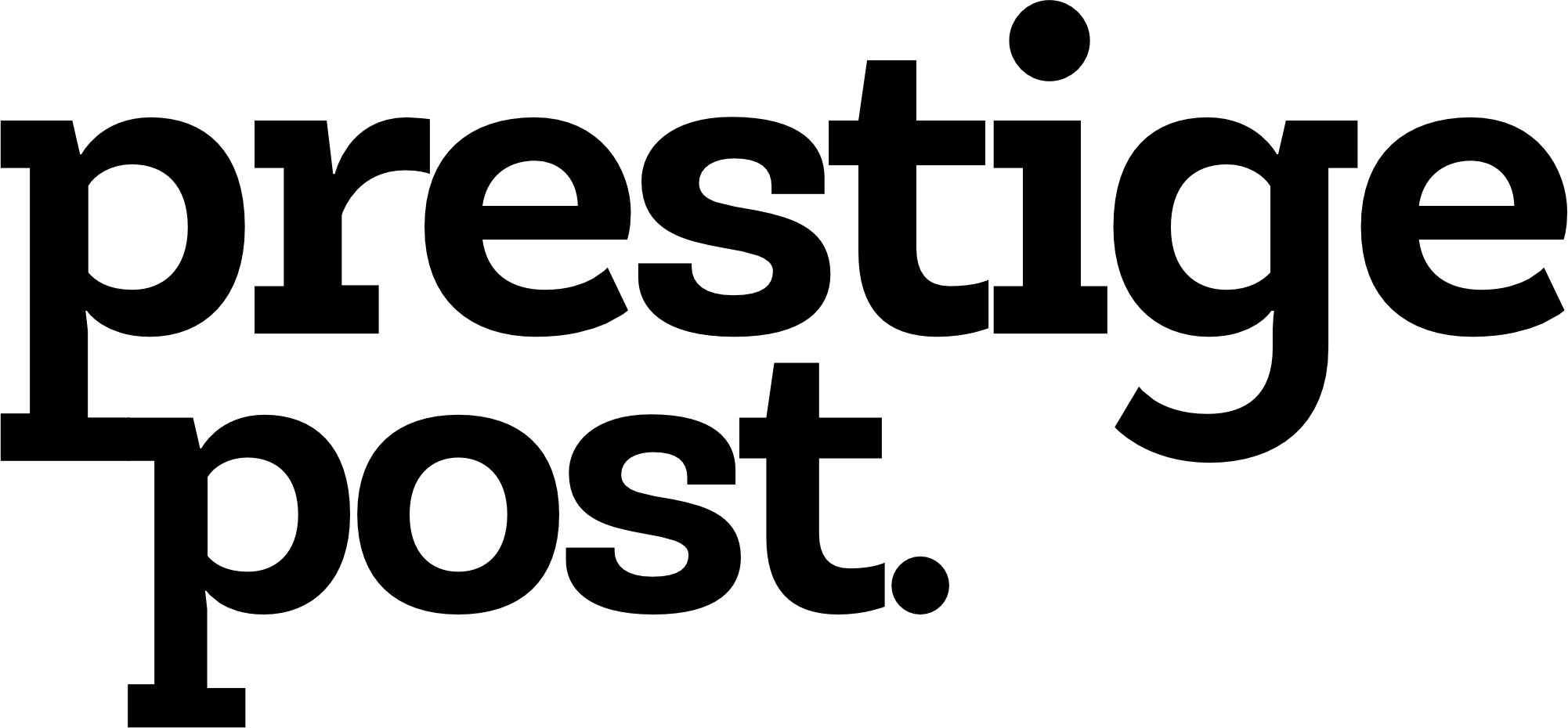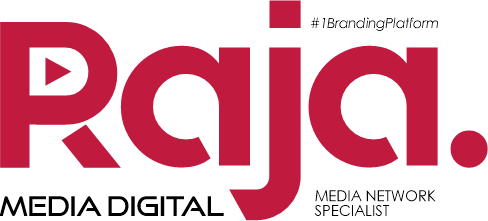Auto insurance costs have surged dramatically, becoming a significant driver of inflation over the past year. However, according to Bank of America, relief may be in sight.
Bank of America’s economists identify several key factors behind the spike in auto insurance rates that are expected to ease in the coming months, potentially reducing some of the inflationary pressures that have led the Federal Reserve to persist in its inflation battle.
“The turbocharged increases in motor vehicle insurance premiums are a response to underwriting losses in the industry. Insurers saw losses,” BofA economist Stephen Juneau noted in a recent report. He added, “There are signs that many insurers are getting back to profitability.”
The surge in insurance premiums is primarily due to three factors: higher vehicle prices, increased costs for repairs, and a rise in accidents as driving patterns returned to normal levels, Juneau explained.
There is some encouraging news on these fronts. Recent data from the Bureau of Labor Statistics (BLS) shows that sales prices for new and used vehicles have been trending downward, decreasing by 0.4% and 6.9%, respectively, over the past year. Additionally, the costs for repair and maintenance services remained unchanged in April, although they are still up 7.6% from a year ago.
Nevertheless, auto insurance costs have continued to climb. In April, the category rose by 1.8% on a monthly basis and saw a 22.6% increase from the previous year—the largest annual rise since 1979, according to Bank of America.
Auto insurance has a weighting of nearly 3% in the Consumer Price Index (CPI), making it a significant component of the overall inflation measure.
“These recent trends likely mean that while your premium may not decrease, the rate of increase should slow,” Juneau suggested.
This trend aligns with the broader inflation story: prices are not necessarily falling, but the pace of increase has moderated from the mid-2022 peak when inflation reached its highest level in over 40 years. Overall CPI inflation was running at a 3.4% annual rate in April.
Another positive aspect pertains to Federal Reserve policy. The Fed’s main inflation gauge is the Commerce Department’s measure of personal consumption expenditures (PCE), which gives less weight to auto insurance compared to the CPI, reducing its impact on overall inflation.
Should Bank of America’s forecast for a slowdown in insurance inflation hold true, it could enhance the Fed’s confidence in the disinflationary trend and pave the way for potential interest rate cuts later this year. Market projections currently indicate an expected rate cut in September, with another possible cut before the end of the year. “We believe that further improvement in this area is crucial for the Fed to gain more confidence in the disinflationary process and initiate its rate-cutting cycle,” Juneau concluded. “Until then, we expect the Fed to maintain its current rate stance.”









